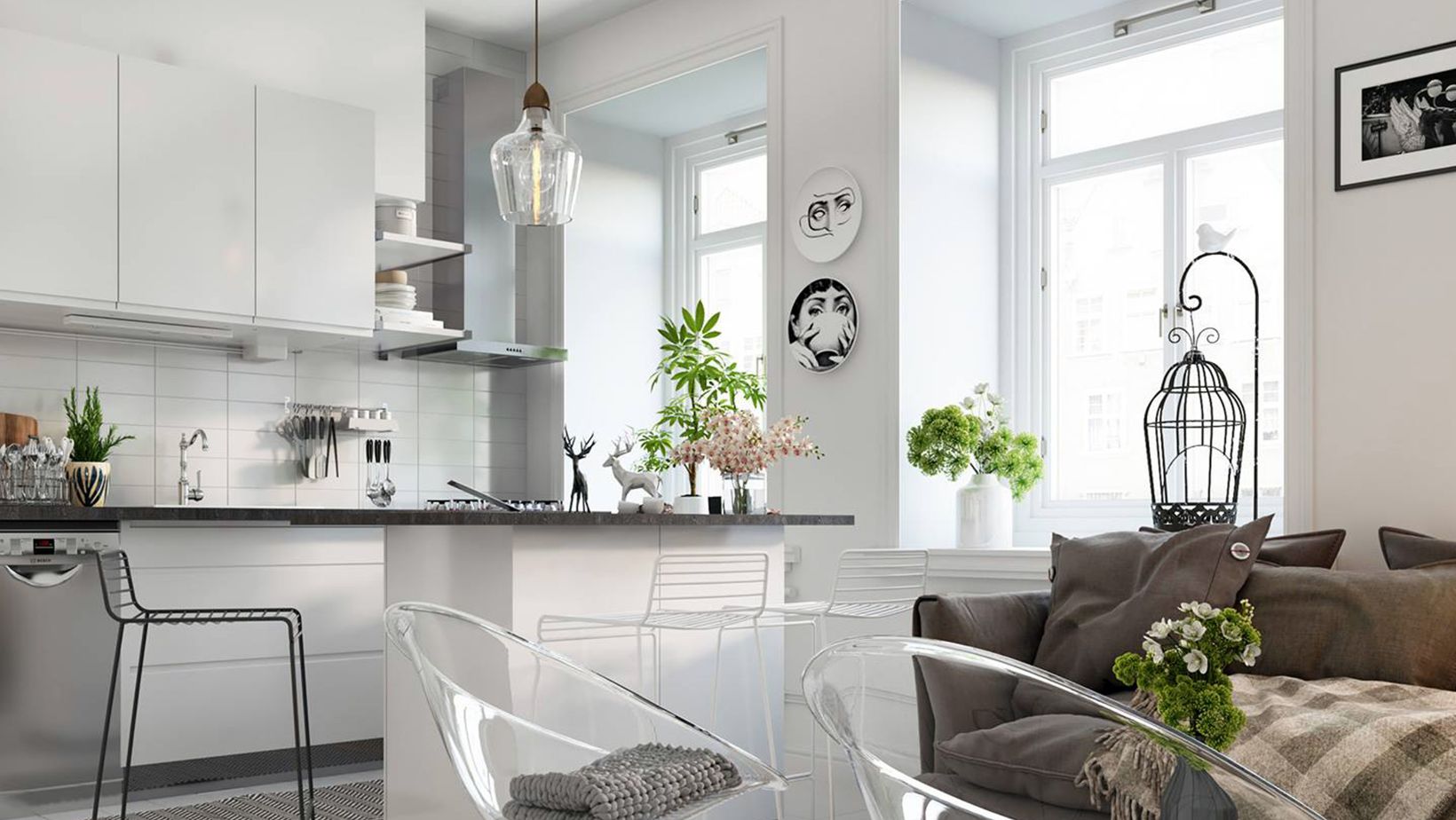
As an interior design enthusiast, I’ve often marveled at the magic lines can weave in a space. They’re not just mere strokes on a canvas, but powerful tools that shape, define, and transform interiors. In this article, we’ll delve into the compelling world of ‘line in interior design’, a concept that’s as intriguing as it sounds.
Lines, be they horizontal, vertical, or diagonal, hold the power to evoke emotions and guide our eyes. They can create harmony, add depth, or even stir up a sense of drama. So, let’s embark on this fascinating journey together, exploring how lines can turn a mundane space into a masterpiece.
Having a firm grasp of the concept of line can catapult one’s interior design from good to outstanding. Within this portion of the article, I’ll delve into the diversion of this concept, discussing not only the definition of line but also its importance.
Line in Interior Design
Line, in the domain of interior design, refers to the path that the eye follows when looking at a room. This can be literal – like the outline of a window frame, or abstract – such as the arrangement of furniture in a room. It’s essential in defining and separating spaces, giving structure to the design layout. Understanding lines can give an unparalleled edge because not only do they influence the viewer’s visual journey, they also control the mood and motion of the space.
Types of Lines and Their Impact
 Inside the scope of interior design, lines can be broadly broken down into four categories; horizontal, vertical, diagonal, and curvilinear. Each type of line carries a unique effect on the way a room is perceived.
Inside the scope of interior design, lines can be broadly broken down into four categories; horizontal, vertical, diagonal, and curvilinear. Each type of line carries a unique effect on the way a room is perceived.
- Horizontal lines suggest stability; for instance, think of a long dining table or shelves.
- Vertical lines exude strength; imagine a towering bookshelf or elongated curtains.
- Diagonal lines introduce dynamic motion; envision an ambitiously placed staircase or a rug set at an angle.
- Curvilinear lines bring fluidity and serenity; picture a round coffee table or an arched doorway.
Recognizing the power buried within each form of line equips us with an artistic toolkit to manipulate the viewer’s experience, encouraging a variety of reactions and impressions. In the coming sections, I’ll delve deeper into each type of line and their use in varying spaces.
How Lines Influence Space and Structure
Whether bold or subtle, lines have a significant impact on the structure and space of a room. Their influence ranges from creating visual appeal to affecting perception and emotional responses. Below, I delve into the implications of various lines in an indoor setting.
Horizontal Lines: Stability and Calm
 Horizontal lines suggest a feeling of rest and calmness. They’re most often identified in furniture such as tables, bed frames, and shelves, contributing to stability and balance in the design. For instance, a living room with dominant horizontal lines tends to project a sense of relaxation and ease.
Horizontal lines suggest a feeling of rest and calmness. They’re most often identified in furniture such as tables, bed frames, and shelves, contributing to stability and balance in the design. For instance, a living room with dominant horizontal lines tends to project a sense of relaxation and ease.
On the other hand, vertical lines evoke an impression of strength and resilience. By directing the eyes upward, they can make spaces appear taller than they actually are. Architectural elements like doors, windows, and tall cabinets often feature these lines, creating a dynamic interplay of solidity and height.
Diagonal Lines: Movement and Interest
Diagonal lines, whether explicit or implied, promote dynamic energy and movement in interior design. They bring a sense of drama, interest, and can defy the static nature of vertical and horizontal lines. An example includes a staircase, adding angles and a sense of flow within a home.
Curved Lines: Softness and Continuity
Finally, curved lines are the epitomes of softness and continuity, often providing a soothing influence on the environment. Their gentle and consistent form can bring a visual harmony to your space. For example, an arched doorway or a circular coffee table brings a hint of elegance and smooth flow to a room.
